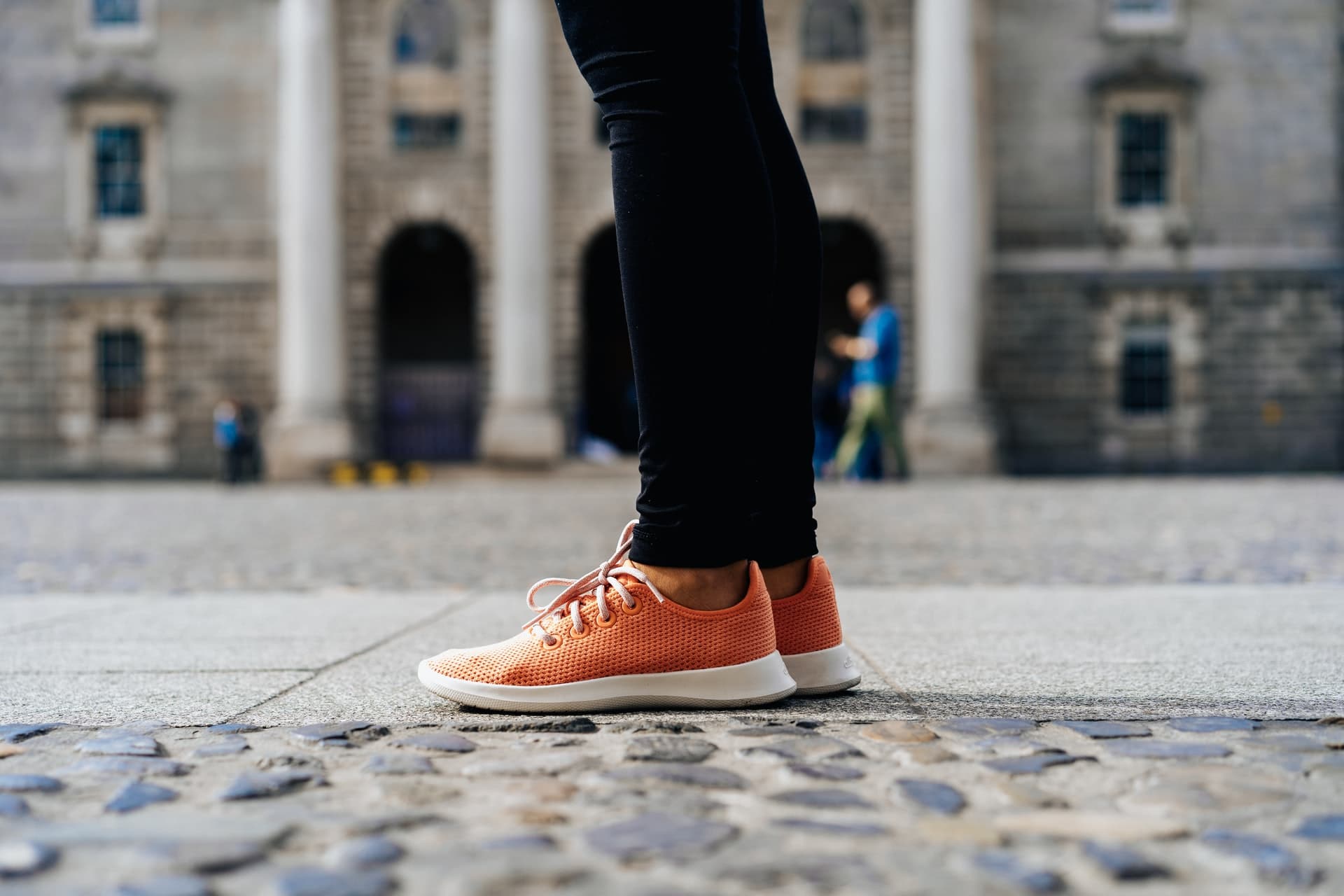Do you have flat feet? If so, you’re not alone. In fact, it’s estimated that up to one in five people suffer from flat feet. But don’t worry – there are ways to help your condition! This guide will teach you everything about how to fix flat feet and get back on your feet again.
You might be surprised at the number of things that can cause a problem with your arches, including genetics and overpronation (rolling inward). Luckily, we have all the information you need right here in this guide! Whether it’s pain relief or exercises for strengthening muscles around the foot and ankle, we cover it all. We even include a section on what shoes work best for those with flat feet as well as tips on how to avoid future problems altogether.
Flat feet are one of the most common causes of foot and ankle problems. Fallen arches can lead to bad posture, frequent injuries and even arthritis in the long term. Although correcting flat feet isn’t necessary if they don’t cause pain, fixing your fallen arches can lead to a happier and healthier life.
In This Article
Why Do People Have Flat Feet?
Flat feet can be genetically passed on but this is not always the case. If you have genetically acquired your flat feet, you are unlikely to be able to correct them with exercise. This is because the fallen arches are a result of flatness in the bone structure. Instead, you will need to consider orthotics. It is worth noting that cases like this are very uncommon.
For most of us, our flat feet will have developed over the course of our lives. Improper footwear is a common cause of fallen arches. Pregnancy, obesity, tight tendons or muscles and bad posture can also cause flat feet. Some people believe that small problems – like an uncomfortable computer screen or the wrong earring piercing – can also add to the problem.
Although orthotics can help to provide support to arches that have fallen over time, it is also possible to fix your feet naturally.
How to Fix Flat Feet: Two Approaches
If you have flat feet, you may find that you experience pain and discomfort in your feet, ankles, and legs. This is because when your foot lacks proper arch support, it can cause your ankle to roll inward and puts stress on your leg muscles. Luckily, there are two approaches that you can take to help fix flat feet: orthotics or stretching exercises. Here’s a closer look at each one.
Fixing Flat Feet Using Orthotics
People who want to correct their fallen arches are commonly prescribed orthotics by podiatrists. These semi-rigid inserts are placed into your shoes to fix your posture and support the arch of the foot. They help with foot pain by providing extra cushioning and shock absorption.
Orthotics are ideal as an immediate solution to the pain caused by flat feet. Yet, you shouldn’t view them as the ultimate solution to your foot problems. Inserts will help to reduce your foot pain from first use but they work by fulfilling the job that the foot muscles should already be doing.
Using orthotics long-term will mean that the muscles in your feet need to do less and so they will grow weaker. That means that to find a conclusive fix for your flat feet, you’ll need to work on strengthening the muscles alongside using the orthotics.
How to Fix Flat Feet Naturally
You must be disciplined when it comes to fixing your flat feet naturally. Consistency is key. There are several exercises that can help to build the muscles in your feet but you will need to repeat them every day over a prolonged period of time.
When your fallen arches are a result of tight muscles in the legs, exercises that loosen up the calf and hamstrings can help with your foot pain. Do a few reps of calf stretching against a wall on both sides. Over time, this will loosen up your hamstrings, calves and Achilles tendons, all helping to build strength and flexibility in your feet.
Another must-do exercise for those with collapsed arches is the short foot exercise. This involves sitting in a chair with your feet on the floor and your toes pointing forward. You need to keep your toes flat on the ground while pressing the tip of your big toe into the ground. This will raise the arch of your foot and engage the core muscles. This should be held for 3 seconds and repeated 10 times daily.
If you’re concerned about finding the time to do regular foot exercises, don’t worry. There are alternative methods to build strength in your feet that may be easier to slot into your daily routine.
Many experts believe that barefoot shoes can really help to strengthen the muscles. Essentially, these shoes do the opposite of orthotics and offer next to no support. They generally have thin soles and are more flexible, allowing the feet to move in the most natural way.
When you first wear barefoot shoes, limit your use to only 10 minutes a day, then slowly build this up over a longer period of time. When you start using these shoes, your feet will be very weak and it is easy to run into problems early on.
By overusing the shoes initially, you’ll cause soreness and pain in the muscles, potentially leading to a long-term injury. Build up the use of barefoot shoes gently and gradually to ensure the best results.
How Long Does it Take to Correct Flat Feet?
Now that you know how to fix your flat feet, you’re probably wondering how long this whole process will take. This is not an easy question to answer. Duration will vary depending on the severity of your fallen arches and how rigorously you stick to your recovery programme.
The good news is that those who perform the recommended exercises regularly can start to see improvements in as little as three months. On average, it will take around a year for most people to build up their arches.










![Home Renovation Guide [2025]](/app/uploads/2021/04/design-hacks-1-378x300.jpg)
